
www.science.org/doi/10.1126/...

@sciencelemon92.bsky.social
@eyalrozenfeld.bsky.social
@moccalin.bsky.social
@liddelowsa.bsky.social
www.nyas.org/press-releas...
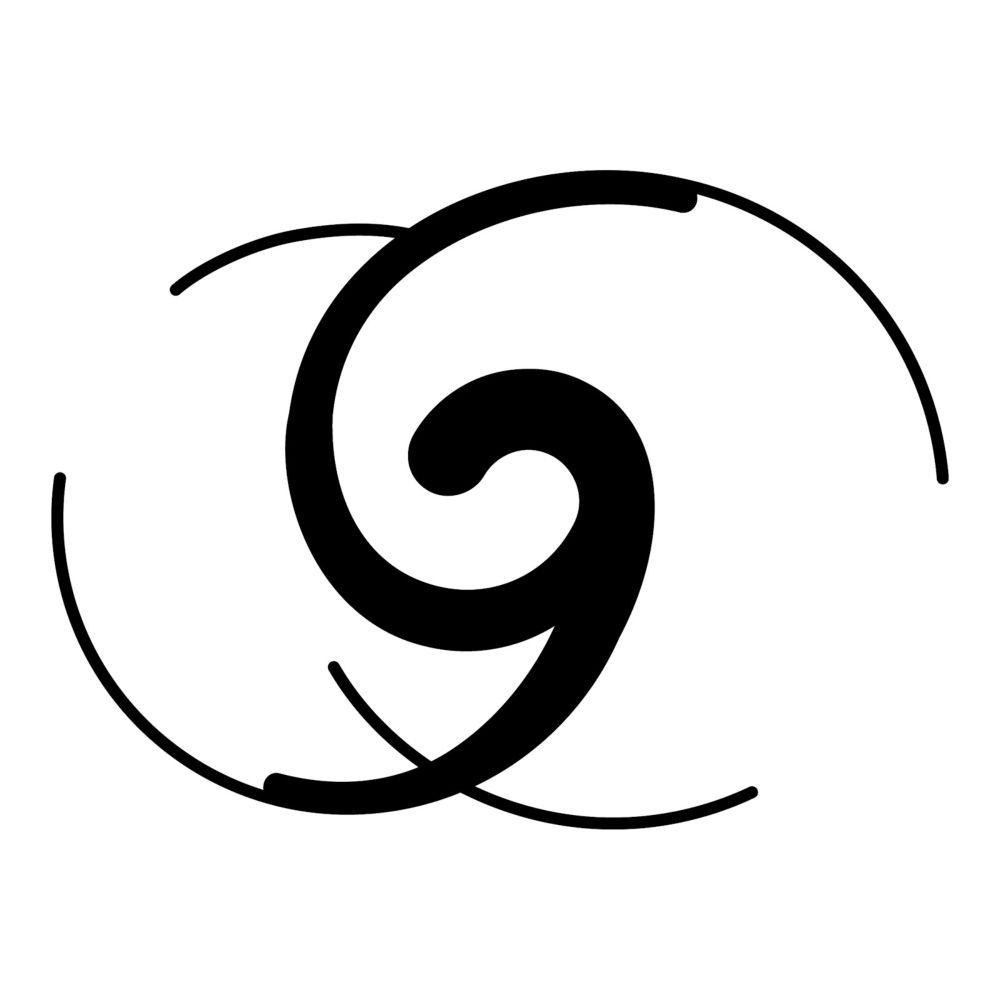
@sciencelemon92.bsky.social
@eyalrozenfeld.bsky.social
@moccalin.bsky.social
@liddelowsa.bsky.social
www.nyas.org/press-releas...

@sciencelemon92.bsky.social
@eyalrozenfeld.bsky.social
@moccalin.bsky.social
@liddelowsa.bsky.social
www.nyas.org/press-releas...
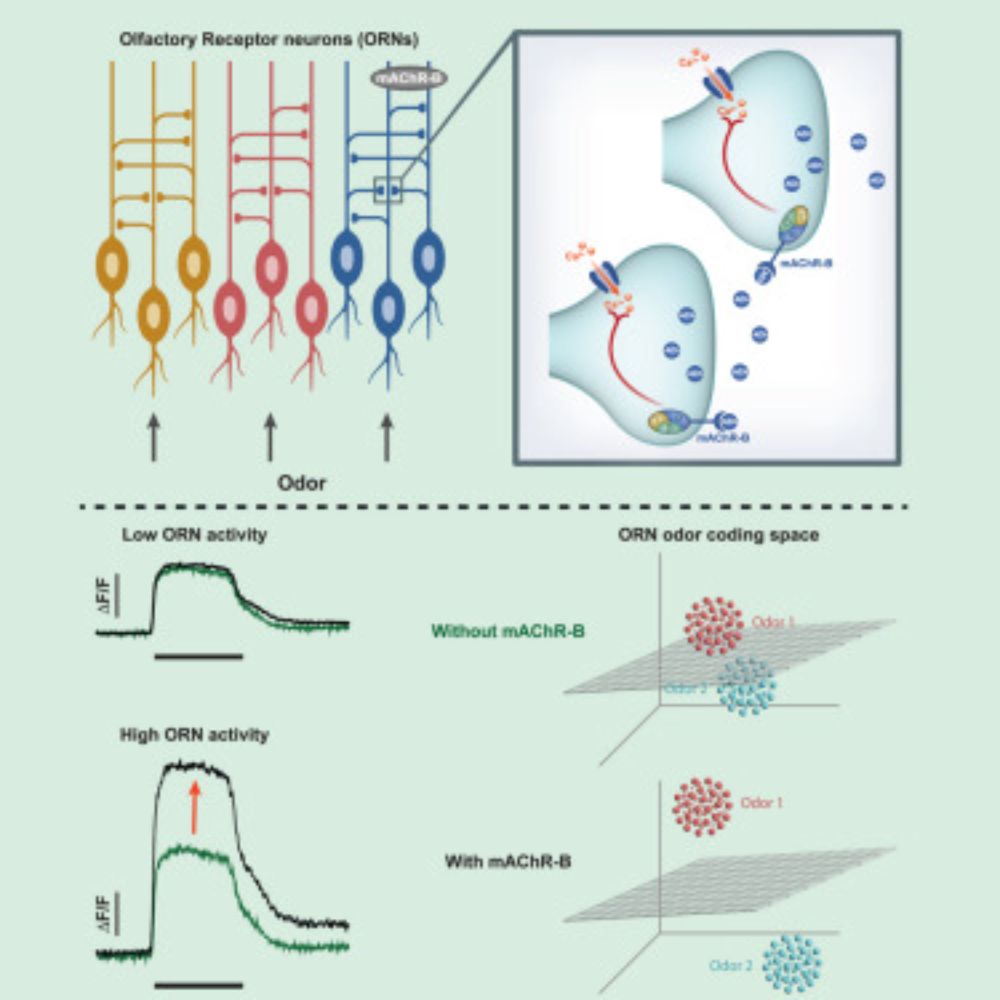
www.nature.com/articles/s41...
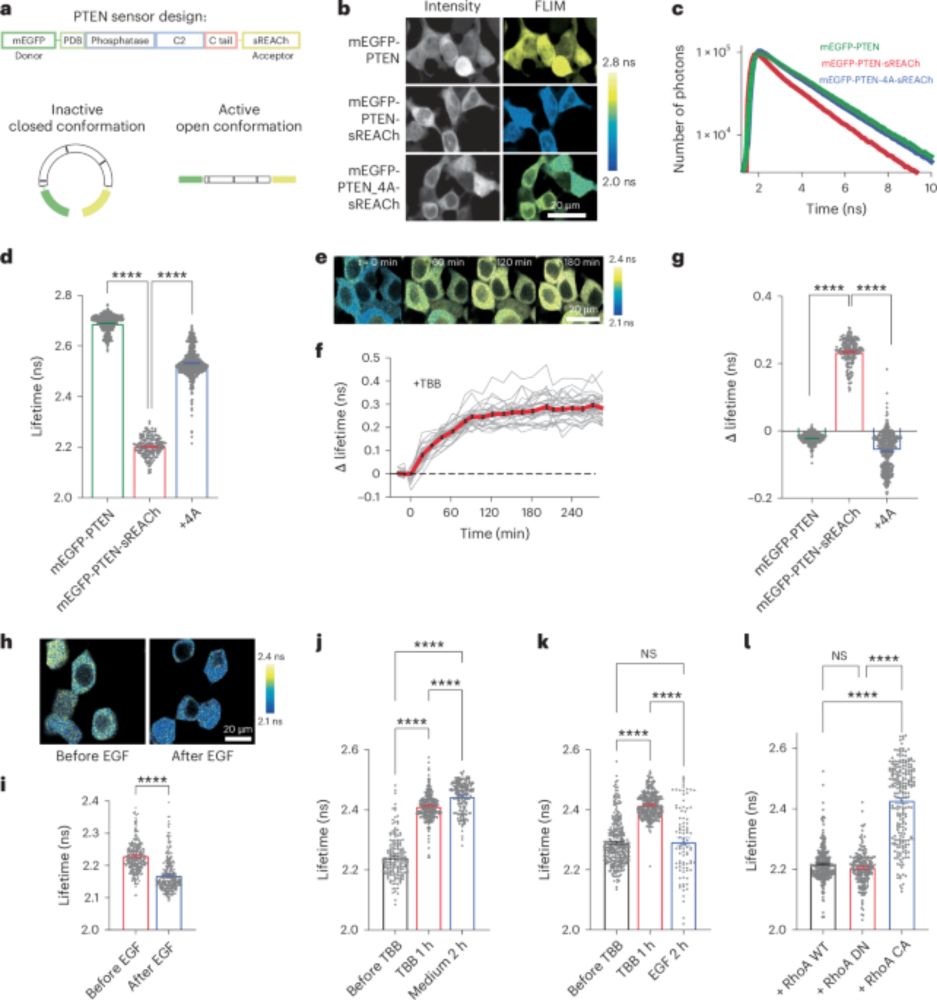
www.nature.com/articles/s41...
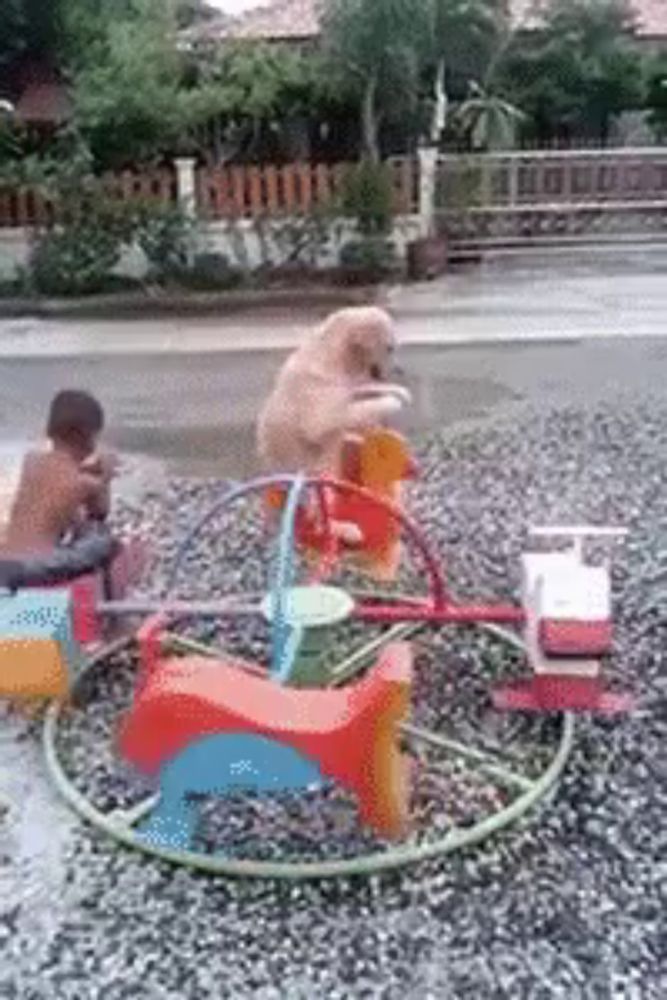
Ft. @ahmarilab.bsky.social @piantadosisean.bsky.social
If you're into mouse behavior, optogenetics, and calcium imaging, here's this 🐀🔦🔬
www.cell.com/cell-reports...
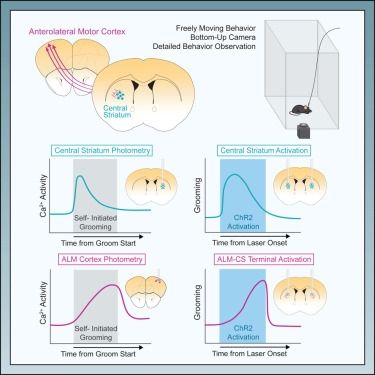
www.biorxiv.org/content/10.1...
Happy to see this great work (and some PdCO application) out in the wild.
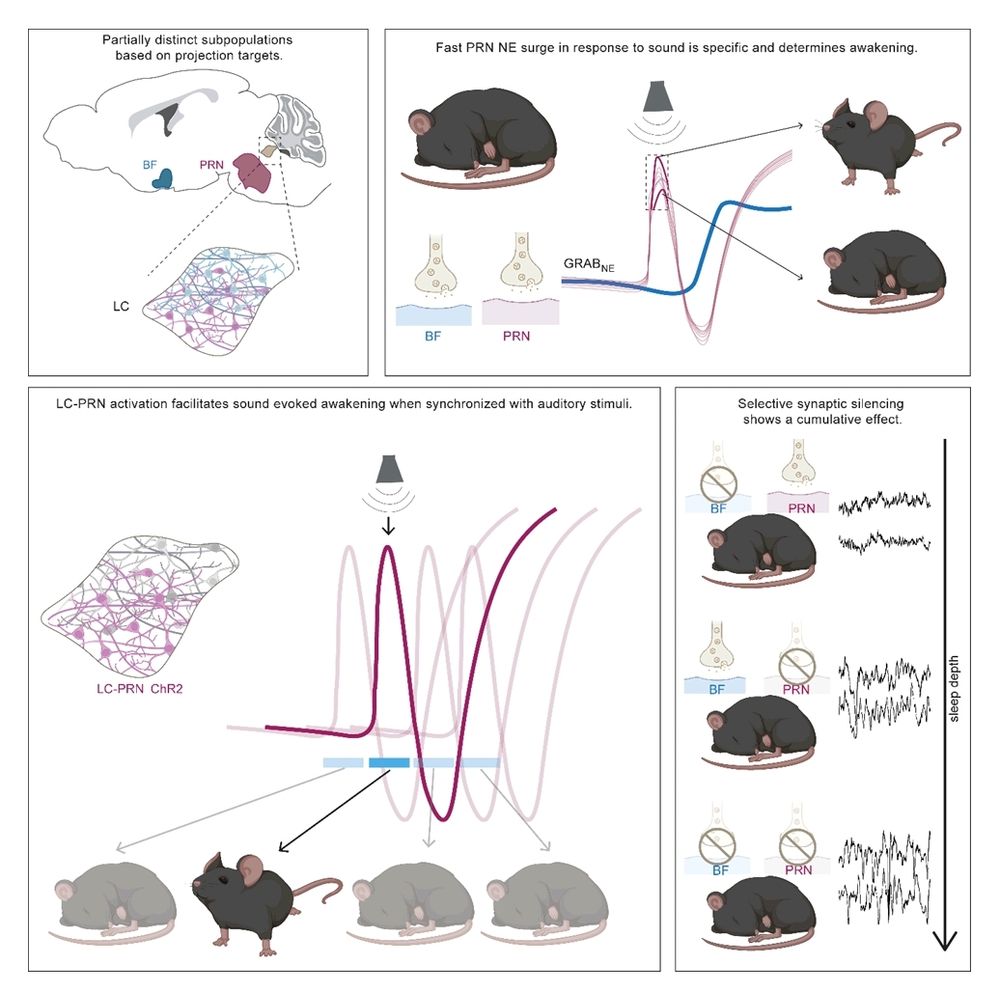
www.biorxiv.org/content/10.1...
Happy to see this great work (and some PdCO application) out in the wild.
Hear the science @2:30pm EST
bit.ly/MarlinLab
Have the cheers @5:00 pm EST JLG✨
Columbia Biology student Beka Stecky will share her discoveries on “What the Nose, Knows” after learning an odor predicts a stressful experience.👃🏽🧬🧪

Hear the science @2:30pm EST
bit.ly/MarlinLab
Have the cheers @5:00 pm EST JLG✨
Columbia Biology student Beka Stecky will share her discoveries on “What the Nose, Knows” after learning an odor predicts a stressful experience.👃🏽🧬🧪

www.nature.com/articles/s41...
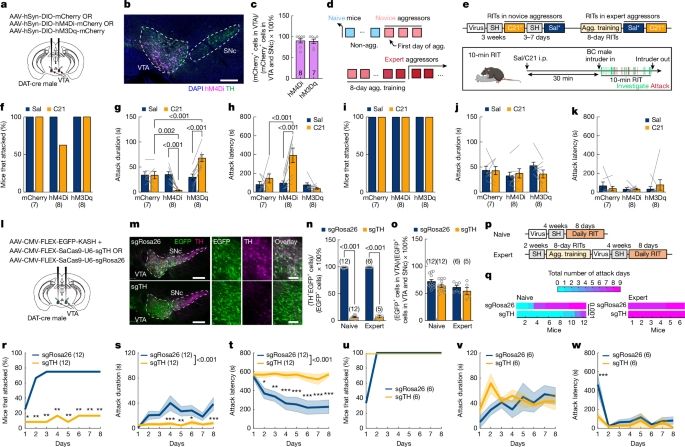
www.nature.com/articles/s41...
Interested in investigating the neural mechanisms for social behaviors across development in a supportive environment? Make sure to apply!
Job ads in🧵Feel free to DM/email w/ questions, please RT
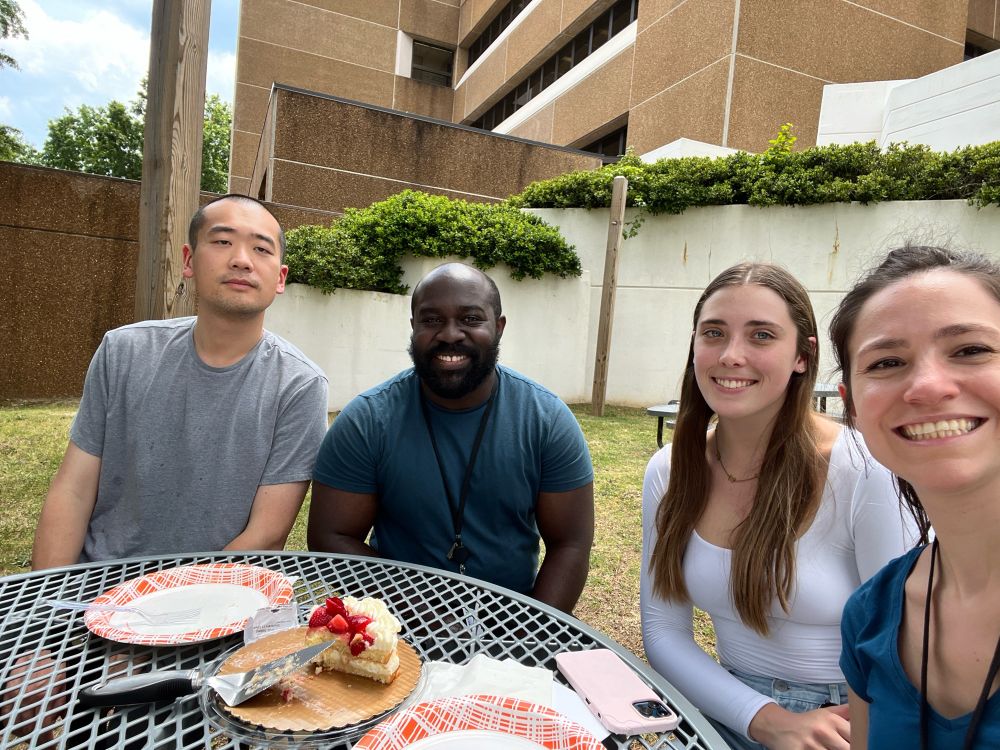
Interested in investigating the neural mechanisms for social behaviors across development in a supportive environment? Make sure to apply!
Job ads in🧵Feel free to DM/email w/ questions, please RT
We are looking for two PhD students interested in the regulation of habit formation. Habits are useful to decrease cognitive load, but carry the risk of becoming stereotyped and hard to control - it’s hard to shake a bad habit. The fruit fly Drosophila also forms habits and we […]
We are looking for two PhD students interested in the regulation of habit formation. Habits are useful to decrease cognitive load, but carry the risk of becoming stereotyped and hard to control - it’s hard to shake a bad habit. The fruit fly Drosophila also forms habits and we […]

www.biorxiv.org/content/10.1...

www.biorxiv.org/content/10.1...
✨exceptional, brightness
✨phototability
✨and optogenetic compatability.
Check out our new preprint:
www.biorxiv.org/content/10.1...
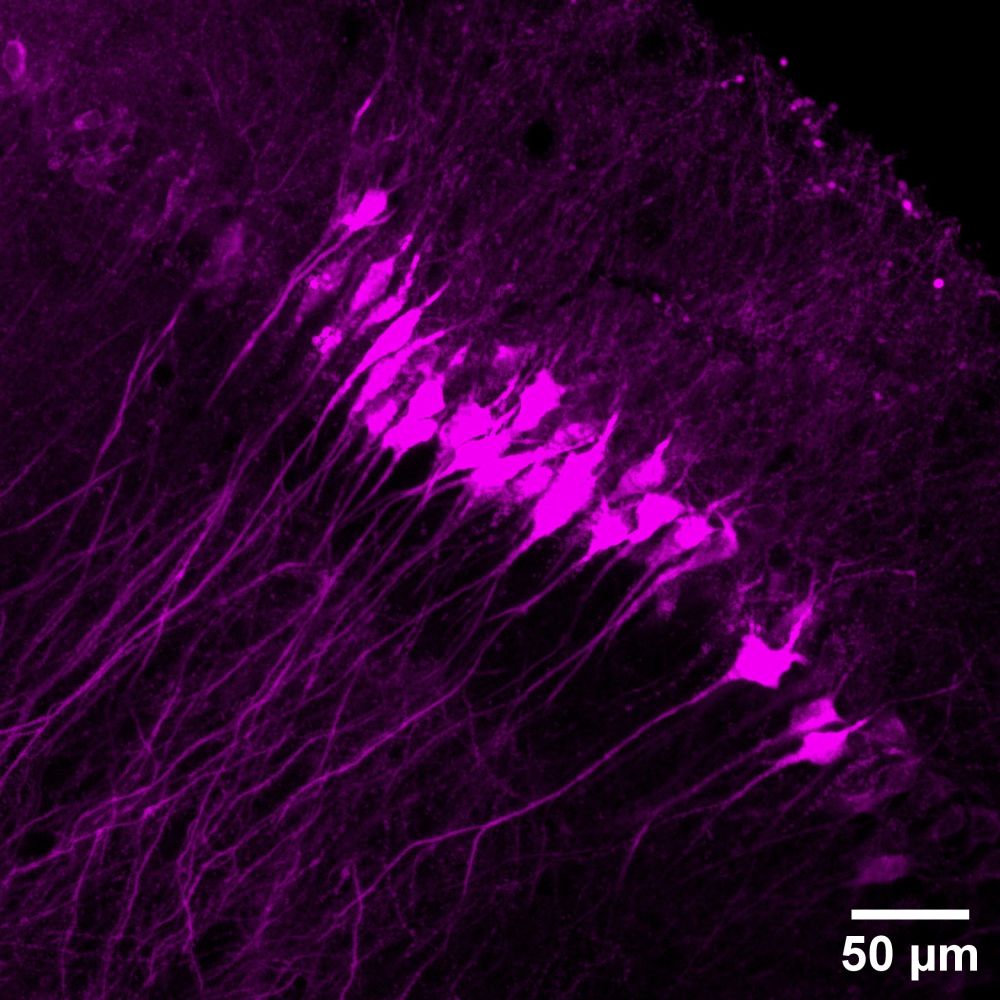
✨exceptional, brightness
✨phototability
✨and optogenetic compatability.
Check out our new preprint:
www.biorxiv.org/content/10.1...
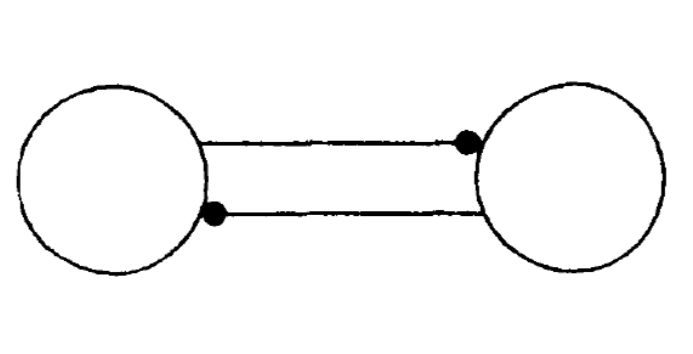
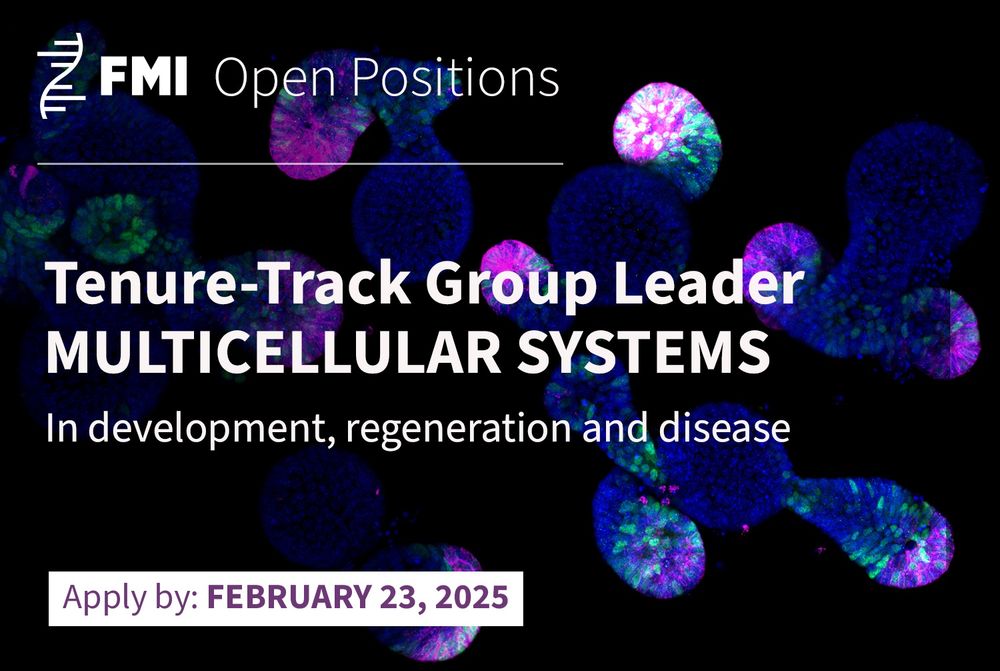
Requested recently & available to you:
ChrimsonR(no soma targeting)+PdCO (Cre & non-Cre)
DoxOn/OFF PdCO-EGFP (TREtight)
-> docs.google.com/spreadsheets...
Probably soon @addgene.bsky.social too.

Requested recently & available to you:
ChrimsonR(no soma targeting)+PdCO (Cre & non-Cre)
DoxOn/OFF PdCO-EGFP (TREtight)
-> docs.google.com/spreadsheets...
Probably soon @addgene.bsky.social too.
@Nature paper on how flies resolve this conflict.
We found a dopamine-based filter that reduces threat perception, helping flies focus on courtship when close to mating.
www.nature.com/articles/s41...

@Nature paper on how flies resolve this conflict.
We found a dopamine-based filter that reduces threat perception, helping flies focus on courtship when close to mating.
www.nature.com/articles/s41...
I am Daniela, a pre-clinical psychedelic researcher doing a PhD at the Paris Brain Institute under the supervision of Eric Burguière. I am working with the SAPAP3-KO mice and LSD.
I am a great advocate for open science, diversity and science communication!
Nice to meet you all 🥰

I am Daniela, a pre-clinical psychedelic researcher doing a PhD at the Paris Brain Institute under the supervision of Eric Burguière. I am working with the SAPAP3-KO mice and LSD.
I am a great advocate for open science, diversity and science communication!
Nice to meet you all 🥰
Please like and repost to help us get the word out!
www.youtube.com/playlist?lis...
Lecture 1: Signals and data acquisition
Focusing on hardware, digital/analog I/O, synchronization
🧵
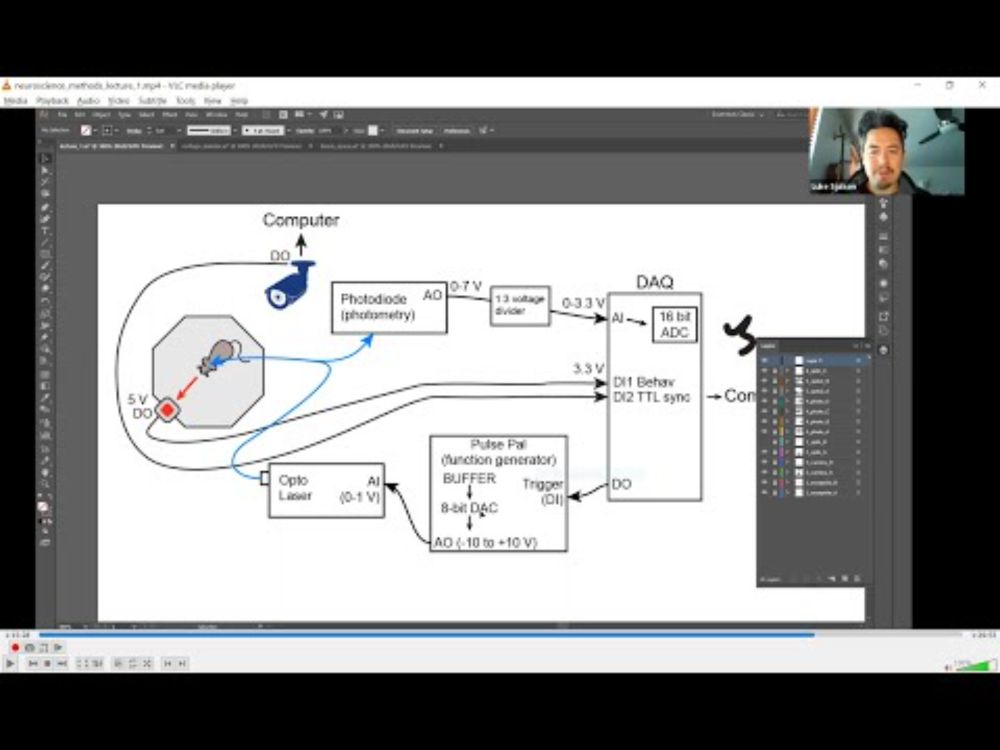
Please like and repost to help us get the word out!
www.youtube.com/playlist?lis...
Lecture 1: Signals and data acquisition
Focusing on hardware, digital/analog I/O, synchronization
🧵
go.bsky.app/JW7c5LN
go.bsky.app/JW7c5LN

